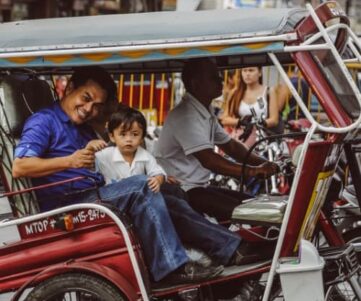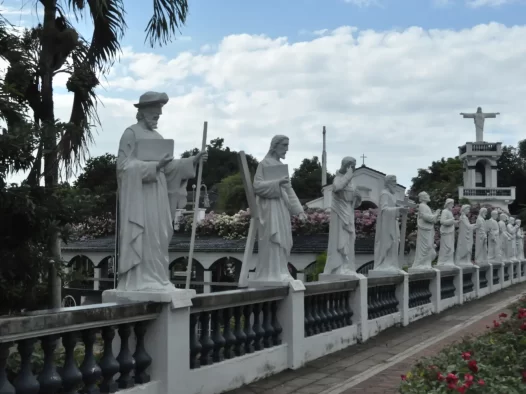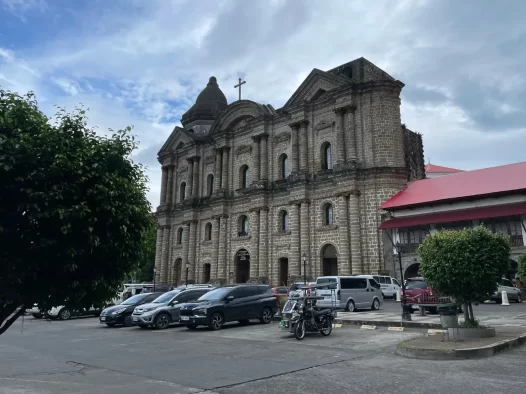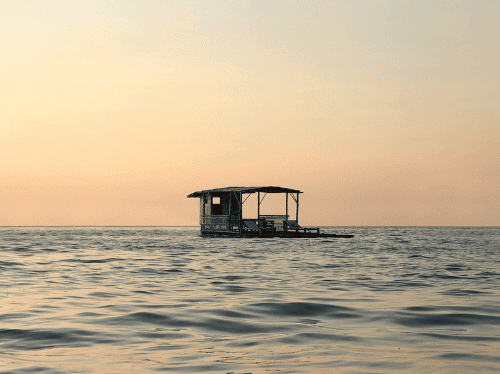Agoncillo
The town of Agoncillo, originally a part of Lemery, Batangas, saw its transformation thanks to the unwavering dedication of Hon. Jacinto M. Mendoza and the assistance of Councilors Vicente Maligalig and Hon. Graciano Alcantara. Together, they worked tirelessly to address infrastructure challenges and improve the lives of their community, leading to the resolution for the creation of a separate municipal government. Eleven barangays, including Balangon, Coral na Munti, Bangin, Pansipit, Pook, Pamiga, Guitna, Panghulan, Subic, Bilibinwang, and Banyaga, were endorsed for this purpose.
In 1948, President Elpidio Quirino issued Executive Order No. 140, establishing the Municipality of Pansipit, but due to the opposition from the Municipal Council of Lemery and the residents’ concerns, the order was later suspended. However, a plebiscite held on August 22, 1948, resulted in the formal creation of the Municipality of Pansipit, later renamed Agoncillo, on April 7, 1949. The new name paid homage to the late Don Felipe Agoncillo, a prominent figure in Philippine history known for his diplomatic accomplishments and contributions to the Treaty of Paris.
Over the years, the original 11 barangays of Agoncillo have expanded to a total of 21, reflecting the growth and development of the municipality. The journey of Agoncillo serves as a testament to the resilience, determination, and historical significance that shape its identity as a distinct and vibrant community.
History and Heritage
During the Spanish period, Agoncillo was one of the smaller villages in Taal, Batangas, with a low population and limited development. The focus of progress during that time was centered on the Municipality of Taal, leaving Agoncillo with little significant growth or advancements to note.
In the American period, Agoncillo became a barrio known as Pansipit under the administration of Lemery, Batangas. Development efforts were primarily directed towards Lemery, resulting in minimal recorded progress for Agoncillo during this period.
The Japanese occupation brought about a time of chaos, fear, and devastation throughout the country. The Philippines suffered from food shortages, limited infrastructure, medical services, and educational resources. The country was under the control of a puppet government closely monitored by the Japanese imperial army. However, with the re-establishment of the Philippine Commonwealth by the American Liberation Forces in 1945, a renewed sense of hope emerged, particularly in the barrio of Pansipit.
During the Third Republic, the people of Lemery, including the constituents of the barrio Pansipit, now known as the Municipality of Pansipit and later renamed Agoncillo in honor of Don Felipe Agoncillo, placed their hopes in the new form of government. However, the aftermath of the war posed significant challenges, including infrastructure issues such as roads, bridges, and schools, as well as the pressing concerns of disease and hunger. To address these problems, Hon. Mendoza, along with two councilors, formed an Executive Committee and passed a resolution to the Provincial Board, advocating for the separation of 11 barangays from Lemery to establish a new municipal government that could more effectively address the basic needs of its residents.
Climate
The rainy season starts in June and ends in November. When December comes, the people experienced a very cool dawn. The summer season on the month of March to the end of May.
If you prefer a hassle-free trip, you can rent a car or hire a private vehicle for more convenience and flexibility. Public transportation, such as buses and jeepneys, is also available and can be a more budget-friendly option.
Batangas: Where history, beauty, and resilience converge, creating a tapestry of captivating stories and unforgettable moments.
Tawilis Festival
Initially organized as Agoncillo municipality’s entry to the 2009 Ala Eh Festival—the festival of festivals in Batangas—the Tawilis Festival has since become deeply ingrained in the local culture, evolving into an appreciation of the bountiful harvests from Taal Lake. The week-long festivities feature a trade fair that promotes local produce, as well as street and court dance competitions that attract tourists from Manila and nearby towns. Although efforts were made to revive the festival in 2020, celebrating the trademark product of Agoncillo, the tawilis, the plans were thwarted by the unfortunate Taal eruption and the ensuing pandemic restrictions on social gatherings.



Local Attractions
Batangas in the Philippines offers a range of local attractions that cater to various interests. These are just a few of the attractions you can explore in Batangas. Whether you’re interested in history, nature, or relaxation, the city offers something for everyone.
Getting Around

Buses
Buses provide transportation for longer distances, connecting Batangas with other regions and provinces. These buses have designated terminals and offer a more comfortable option for longer journeys.

Jeepneys
Jeepneys are a staple mode of public transportation in the Philippines. They are colorful, elongated jeeps that can carry multiple passengers. Jeepneys follow specific routes and have fixed fares.

Tricycles
These motorized vehicles consist of a motorcycle with a sidecar, which can accommodate around 3 to 4 passengers. Tricycles are commonly used for short trips within the city, and fares are usually negotiable.




